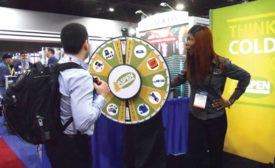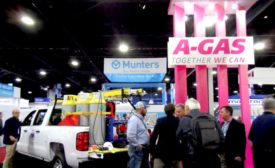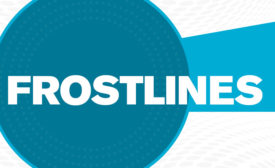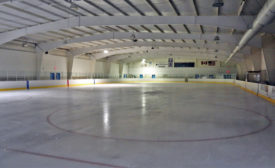Home » R-22 phaseout
Articles Tagged with ''R-22 phaseout''
Many people still remain confused about what the phaseout means
Read More
A-Gas: R-22 Is Still Legal, Available
Company also touts refrigerant separation, recovery, and reclamation capabilities
Read More
HFO Sightings: Refrigerant Retrofits Becoming More Common in Supermarkets
Best practices help ensure supermarket transitions to low-GWP blends go smoothly
Read More
The Value of Refrigerant Recovery Incentives
Is pay to play a proper way to increase reclaim rates in preparation of the final R-22 phaseout deadline?
April 10, 2017
Spring is Here! But the R-22 Isn’t
What’s behind the low reclaim numbers, and what can the industry do about it?
Read More
Ice Rinks Consider Future Options Beyond R-22
Retrofits in Minnesota and Michigan provide examples of good options
Read More
EPA Approves R-449B for Multiple Applications
Alternative to R-22 and R-404A approved under SNAP program
January 3, 2017
U.S. Global Commercial Refrigeration Markets Poised for Growth
Factors include more supermarkets, new refrigerant, and efficiency regs
January 3, 2017
Copyright ©2025. All Rights Reserved BNP Media.
Design, CMS, Hosting & Web Development :: ePublishing









